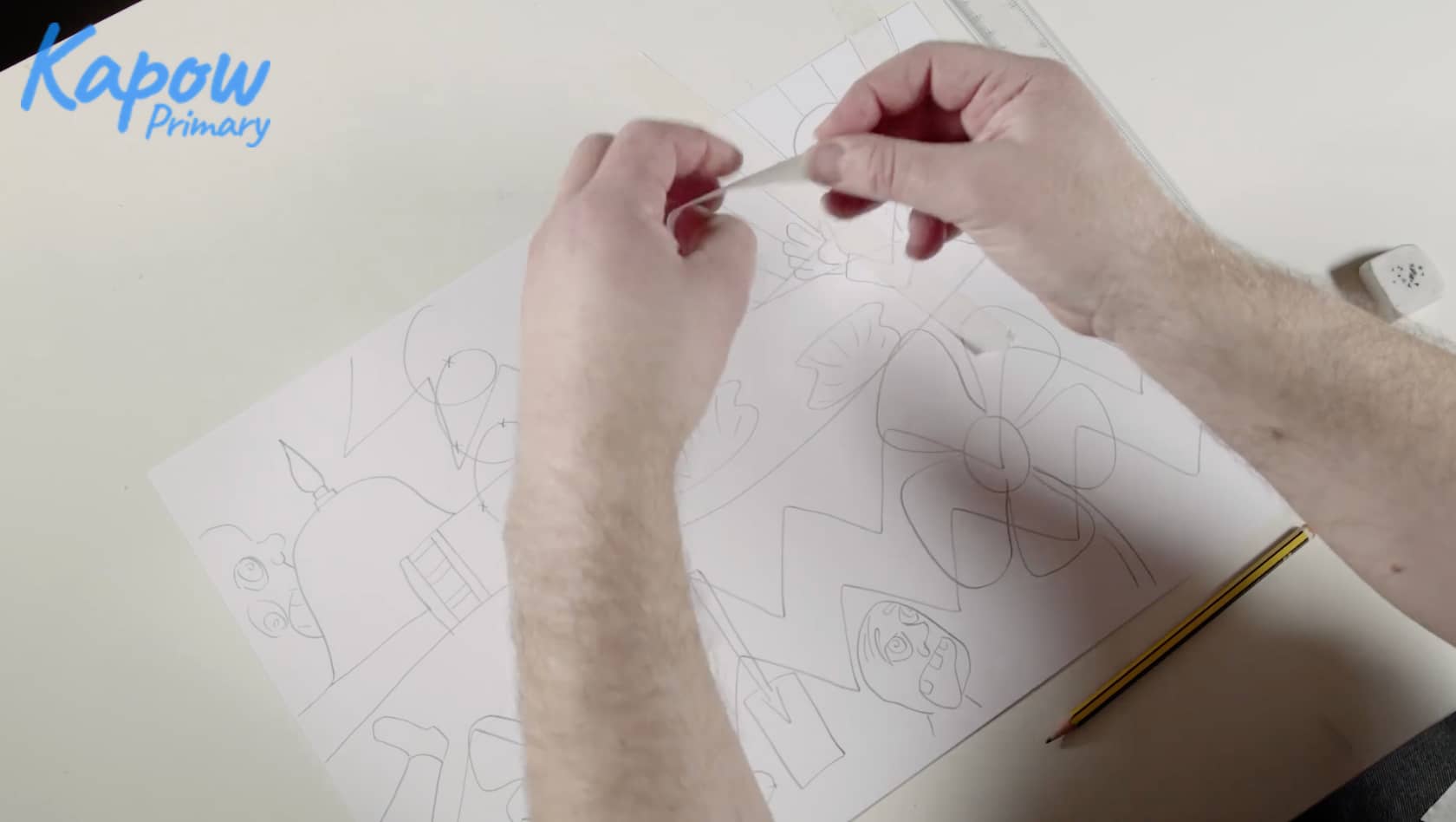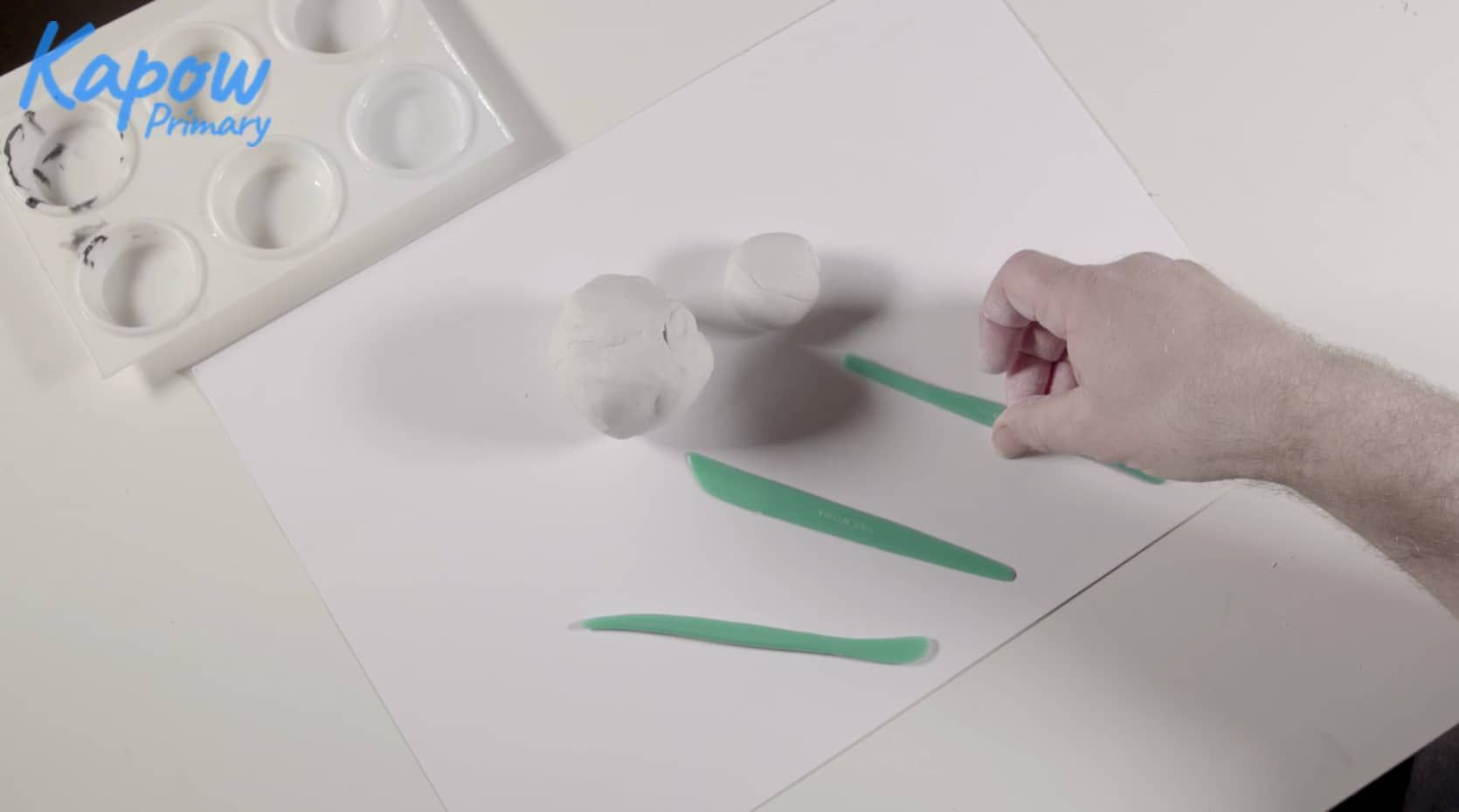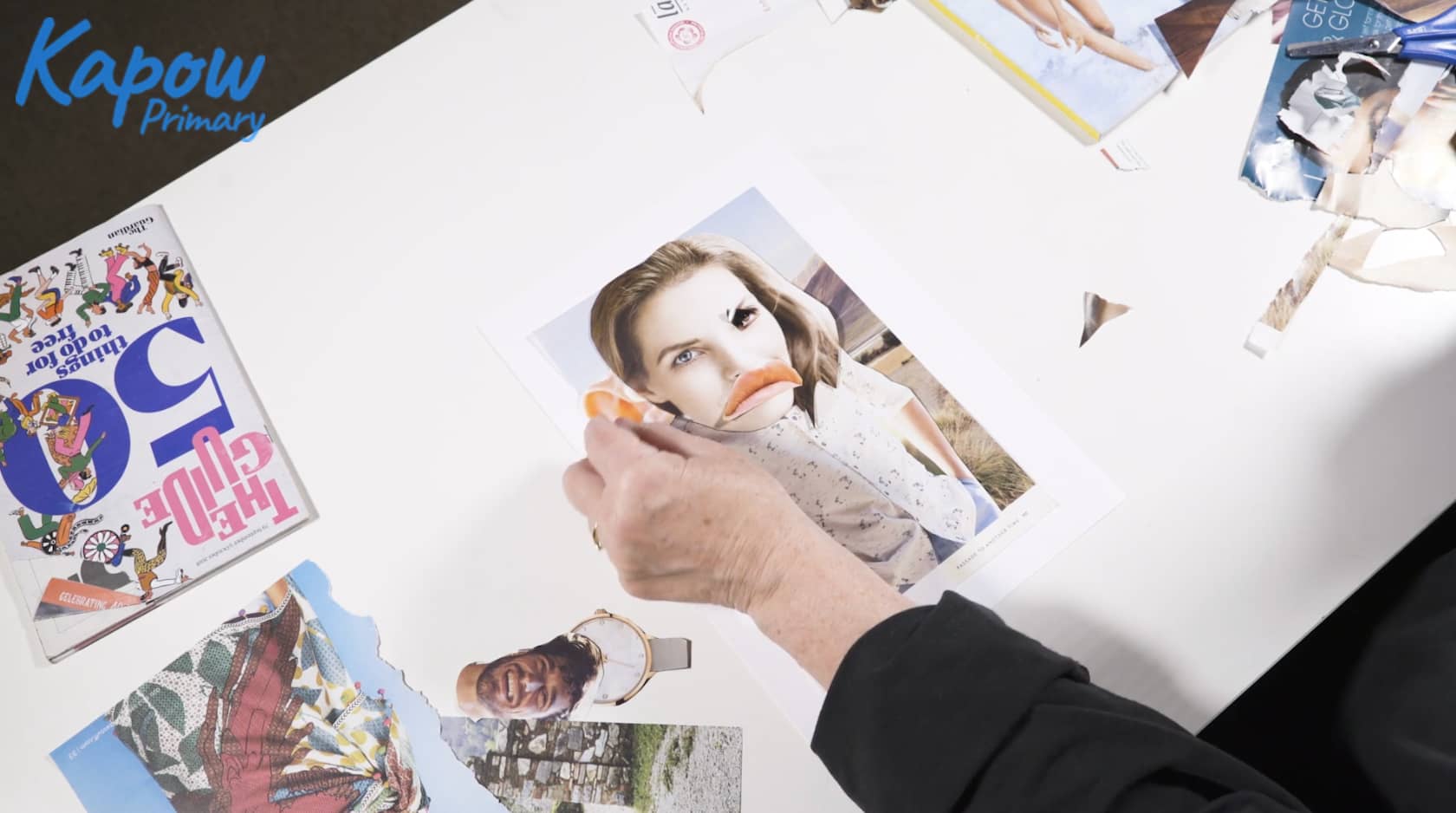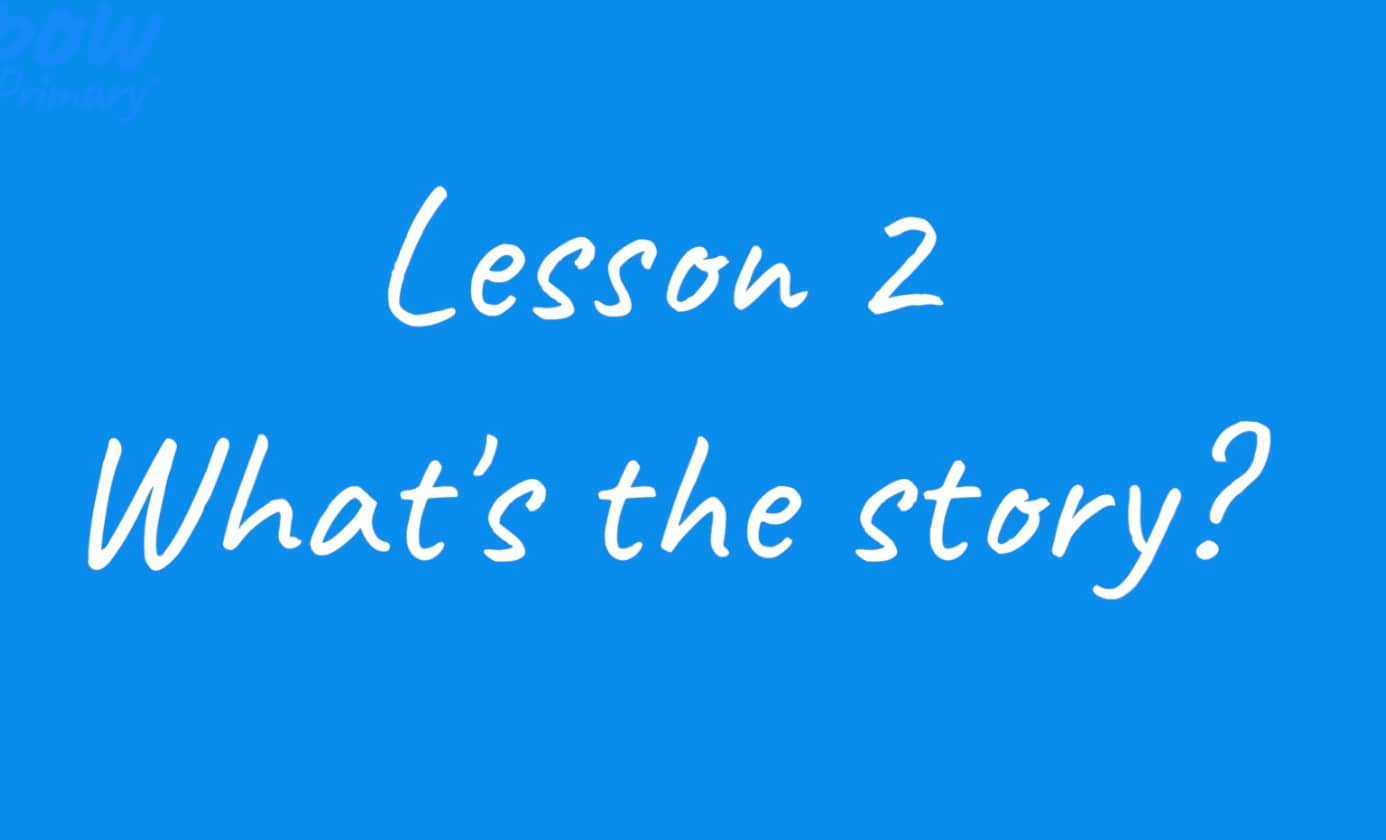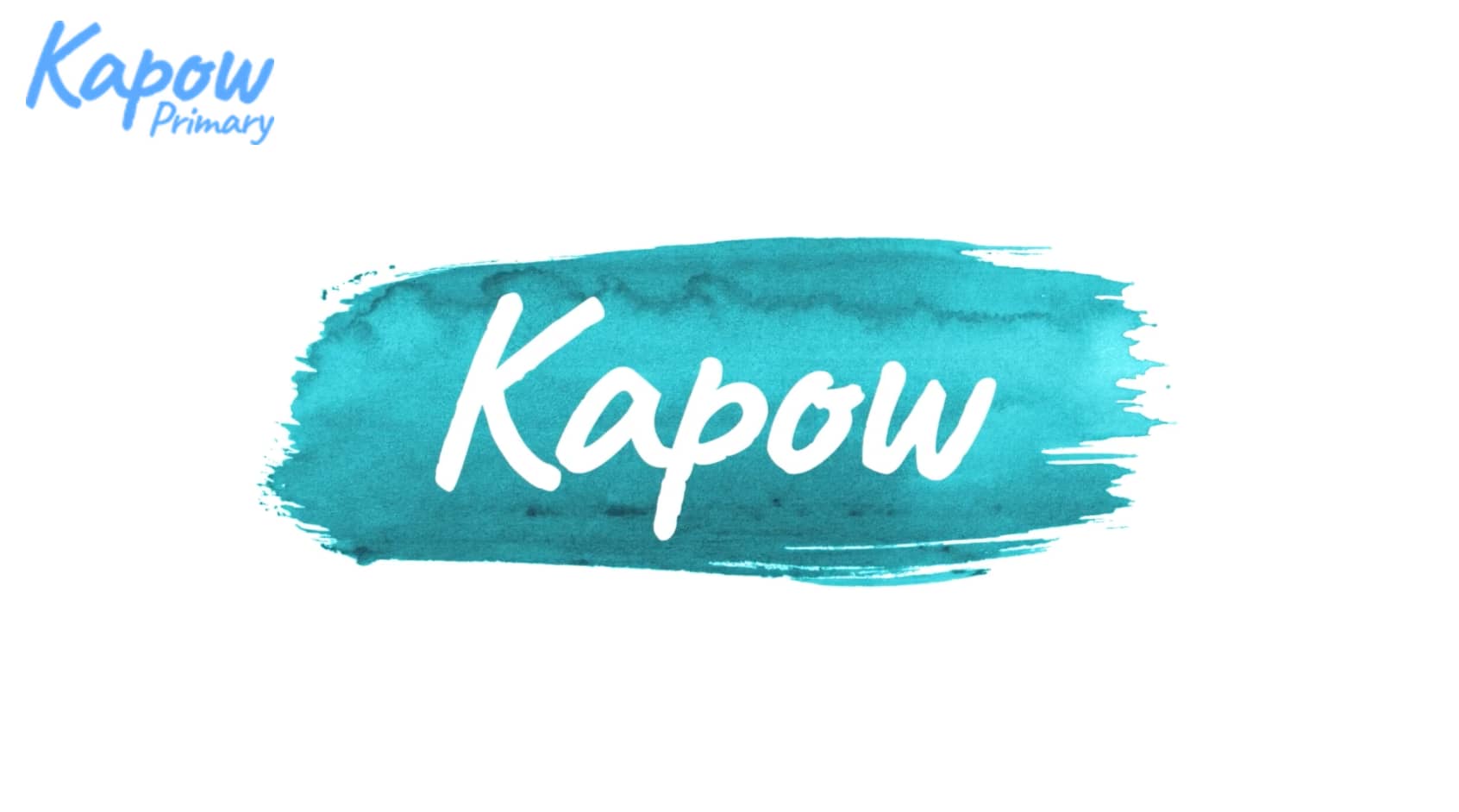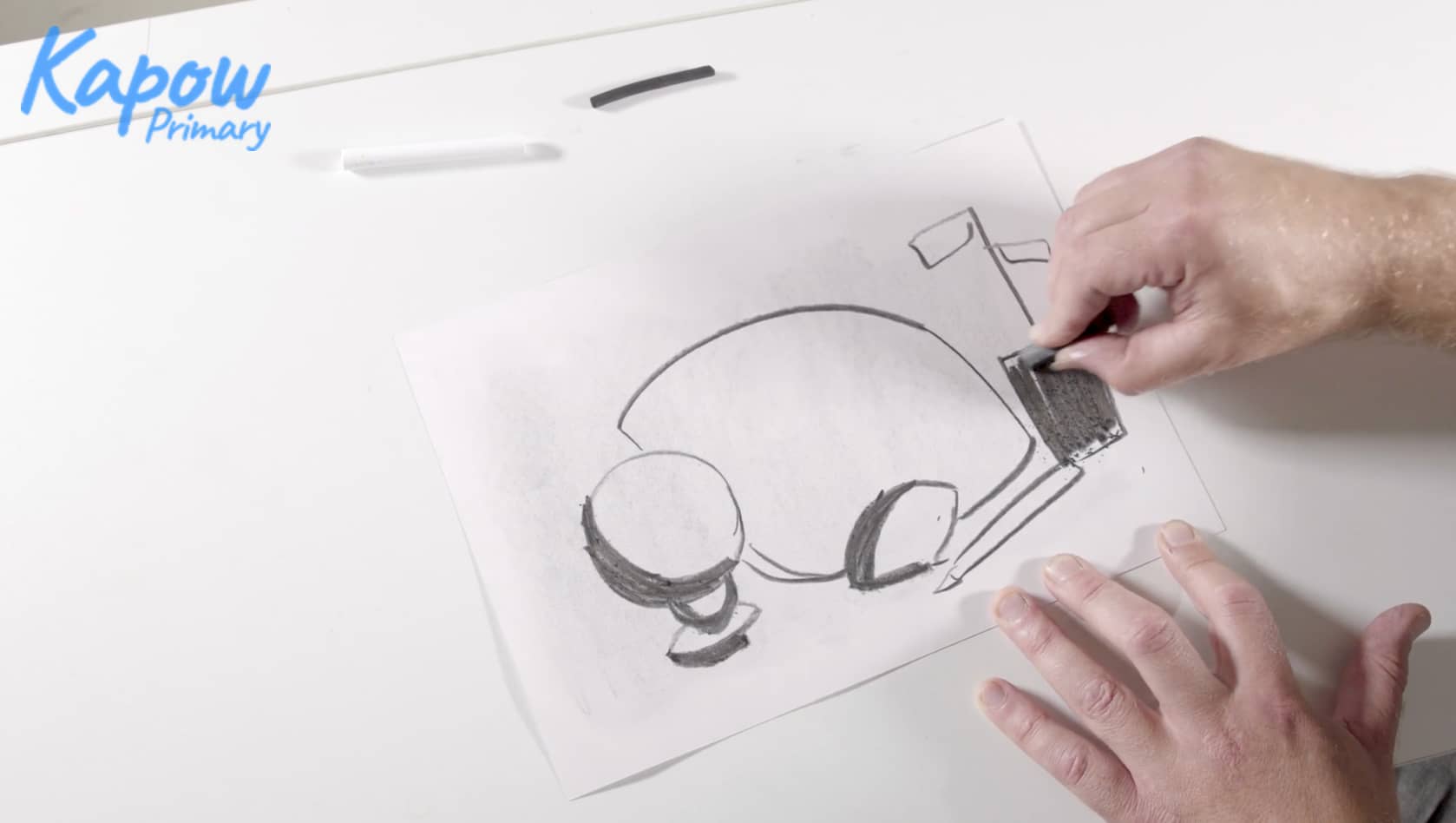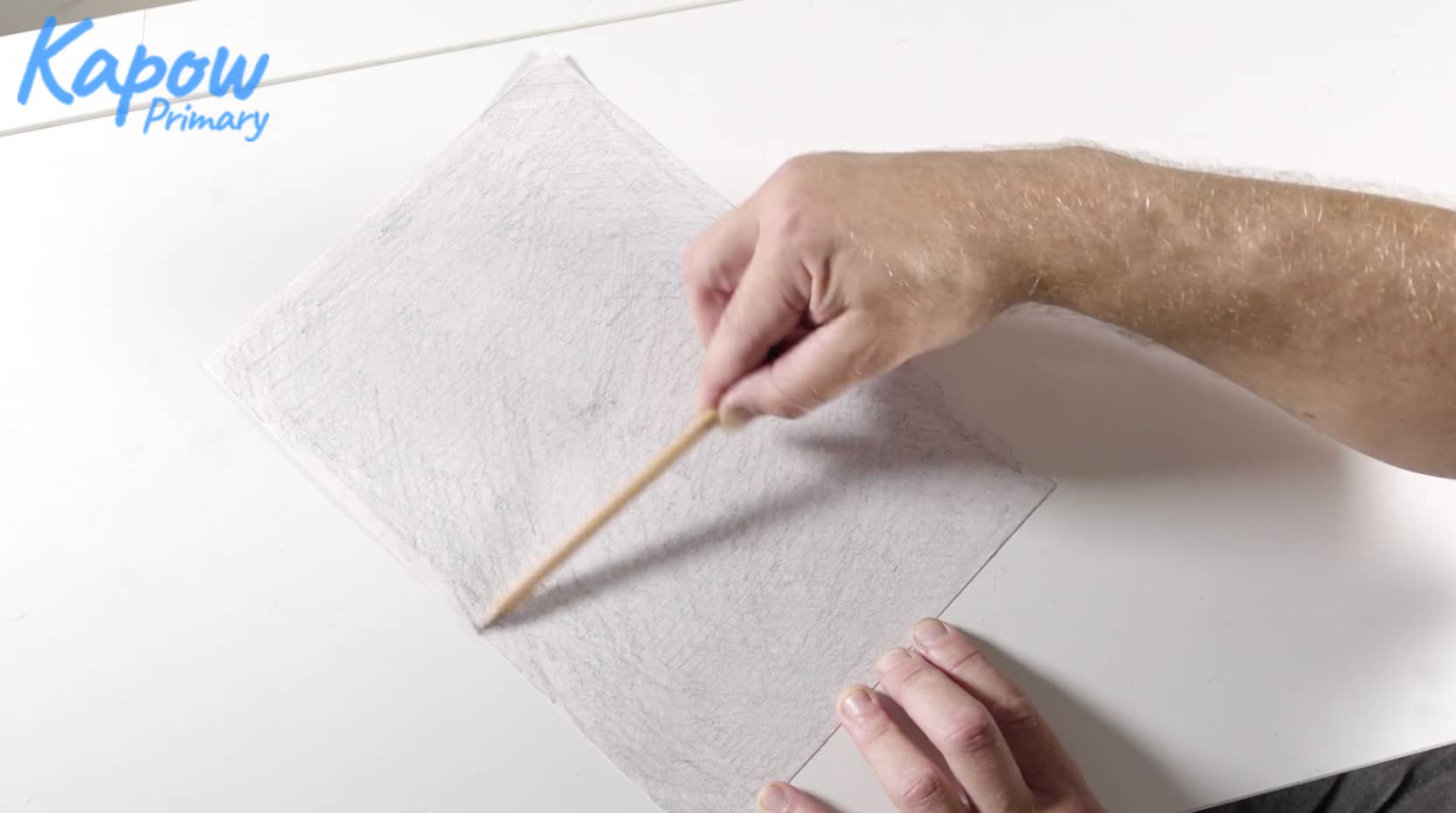This archived Art and design scheme of work video introduces teachers to the second lesson in a series inspired by Picasso’s Guernica, where Key stage 2 pupils apply paint to their final abstract designs.
year: Year 6
Teacher video: Clay sculpture
This archived Art and design scheme of work video introduces teachers to a lesson inspired by London’s Fourth Plinth, where Key stage 2 pupils design and sculpt expressive clay heads.
Teacher video: Photomontage
This archived Art and design scheme of work video introduces teachers to the technique of photo montage, first pioneered by German artist Hannah Höch over a century ago.
Teacher video: What is the story?
This Music video introduces teachers to lesson two of the Caribbean unit, where pupils combine topical headlines with calypso’s traditional features of political lyrics and improvisation. After recapping the song What’s the Story, the class will explore how calypso often includes verse and chorus structures before creating their own short news headlines to be performed in the chorus gaps.
Teacher video: Expressions in photography
This archived Art and design scheme of work video introduces teachers to a lesson inspired by one of the world’s most famous paintings, The Scream.
Teacher video: Still life composition
This archived Art and design scheme of work video introduces teachers to the first lesson in a still life topic, where Key stage 2 pupils create compositions from objects that are personal and meaningful to them.
Teacher video: Charcoal still life
This archived Art and design scheme of work video introduces teachers to a lesson where Key stage 2 pupils recreate their still life compositions using charcoal and white chalk in the style of Camargo.
Teacher video: Still life in colour
This archived Art and design scheme of work video introduces teachers to a creative project where Key stage 2 pupils combine graphical drawings with text to represent ideas and memories.
Teacher video: Negative medium still life
This Art and design scheme of work video introduces teachers to a creative technique where Key stage 2 pupils draw using erasers rather than pencils.

